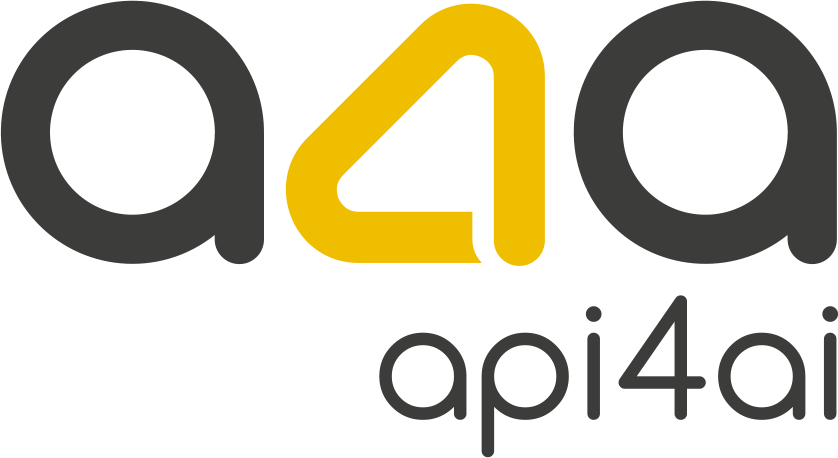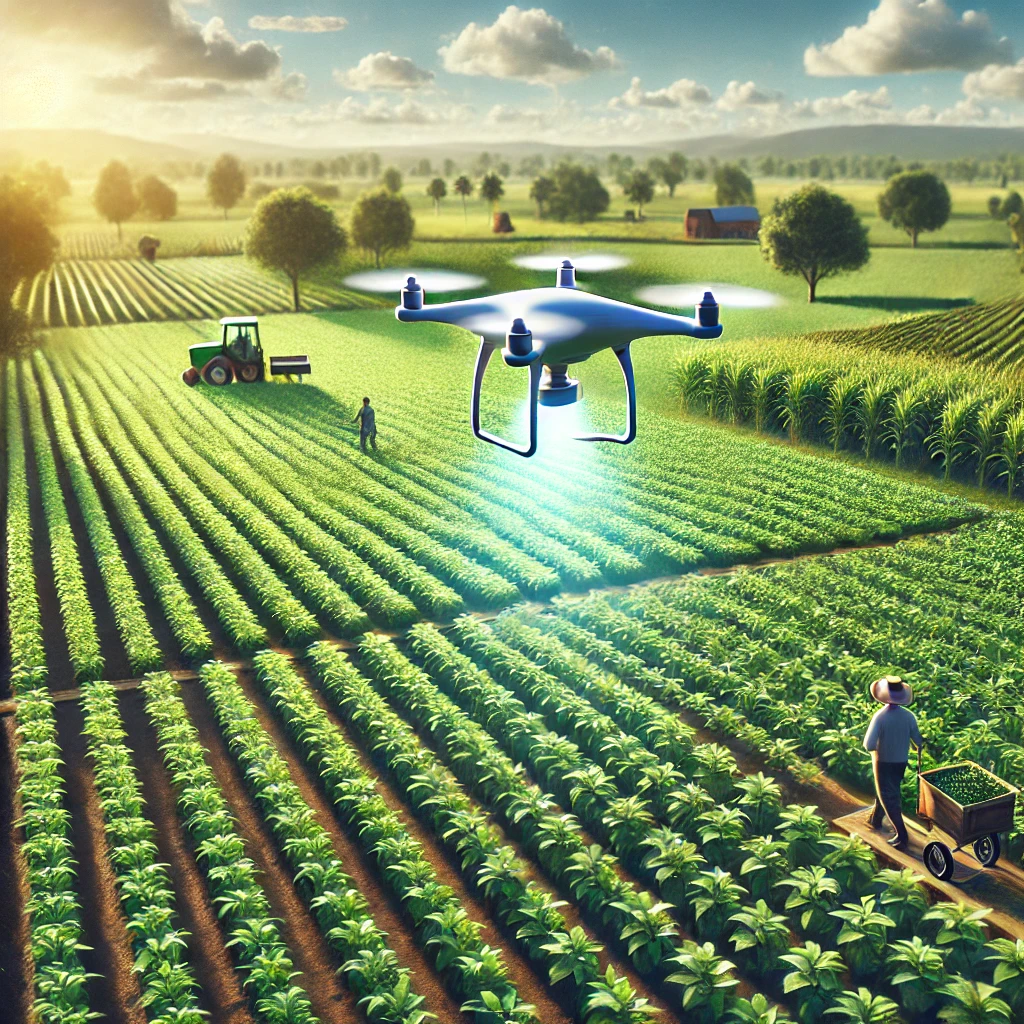
Automated Weed Identification: AI Image Recognition in Agriculture
AI-powered image recognition is revolutionizing weed management in agriculture, offering farmers precise, efficient and sustainable solutions. By automating weed detection, reducing herbicide usage and integrating with other AI tools like crop health monitoring, this technology is transforming how farms operate. Scalable and adaptable for farms of all sizes, automated weed identification supports smarter decision-making and promotes environmentally friendly practices. With tailored solutions from AI and computer vision providers, farmers can overcome unique challenges and pave the way for a more sustainable agricultural future.
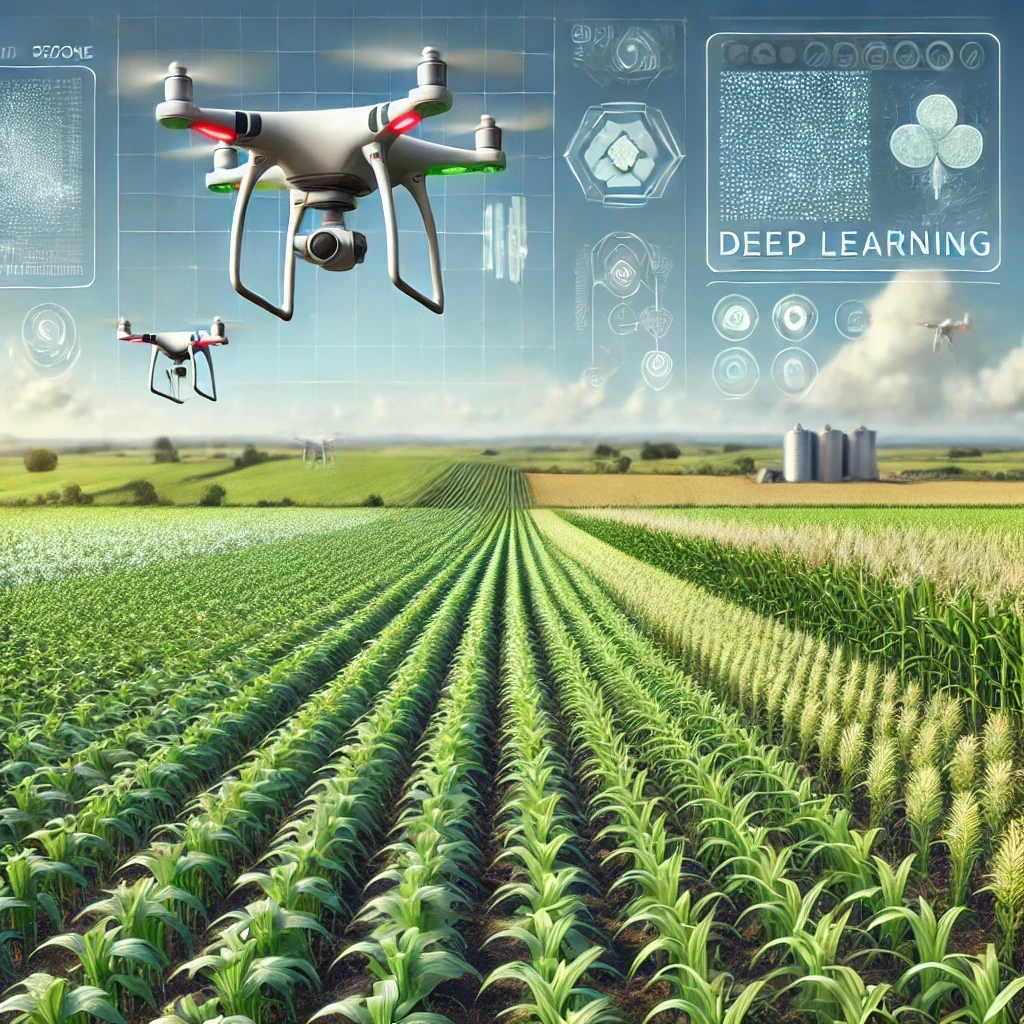
Enhancing Crop Monitoring with Deep Learning and Drone Imagery
AI-driven deep learning and drone imagery are transforming agriculture by addressing inefficiencies in traditional crop monitoring. These technologies empower farmers with real-time insights, enabling precise interventions to improve plant health, optimize resource usage and boost yields. With tailored AI solutions, businesses can overcome unique challenges and harness the full potential of smart agriculture. As innovation advances, the future of farming is poised for a sustainable and data-driven revolution.
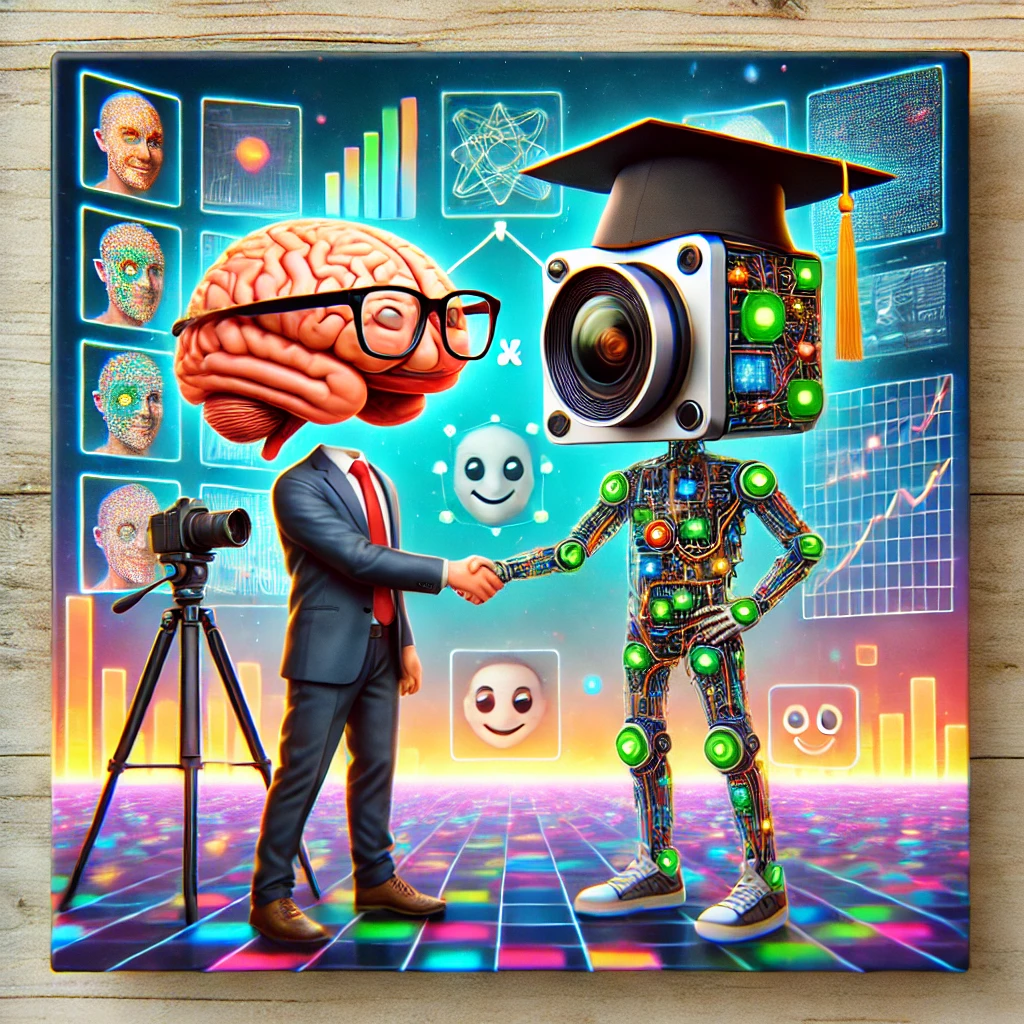
Computer Vision and Deep Learning: A Perfect Match
The synergy between computer vision and deep learning is transforming industries, enabling intelligent image analysis with unparalleled accuracy and scalability. From e-commerce and healthcare to transportation and security, discover how AI-driven solutions are solving real-world challenges, the latest innovations shaping the field and the benefits of tailored computer vision systems for unique business needs.
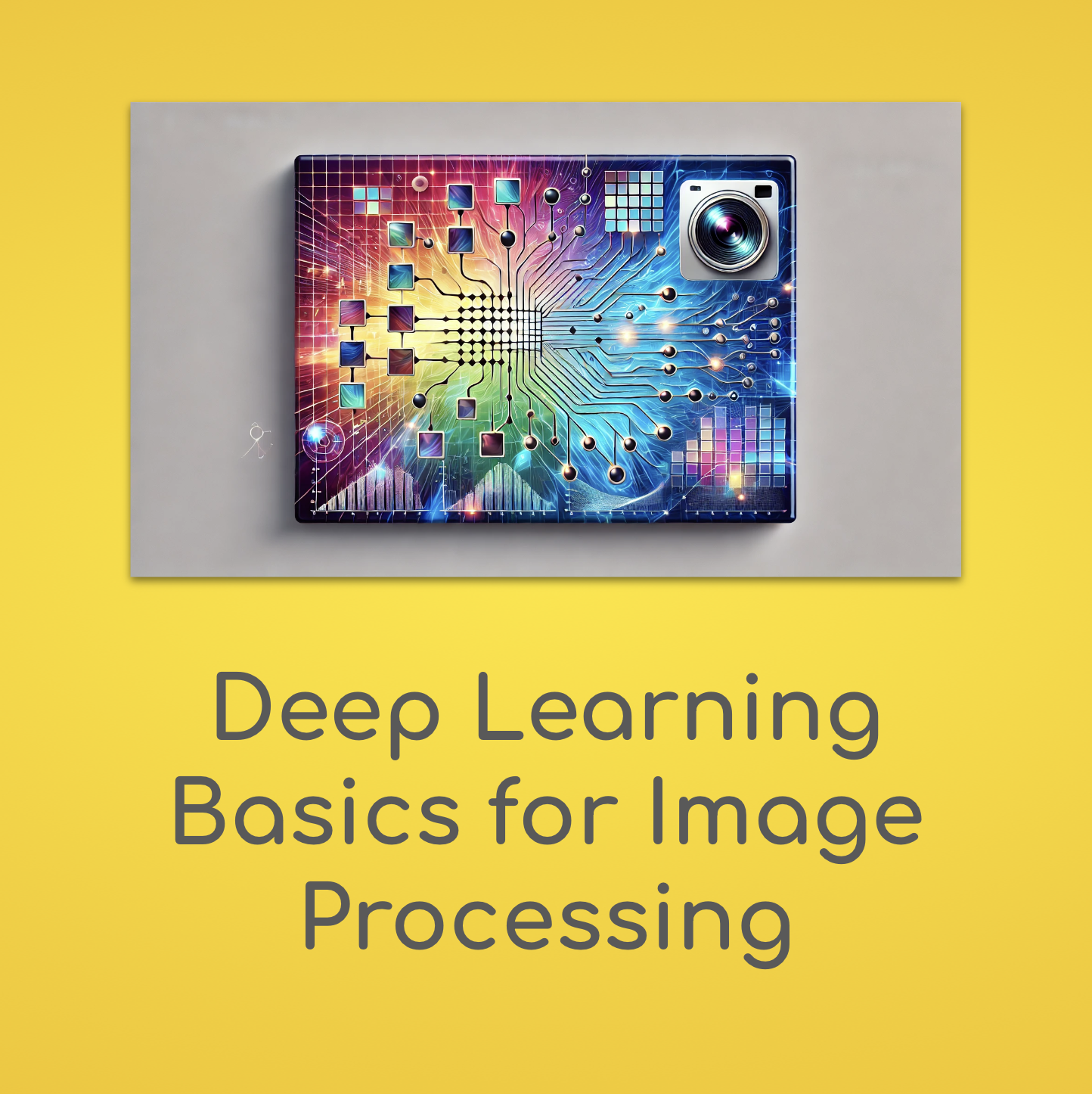
Deep Learning Basics for Image Processing
Deep learning is reshaping the landscape of image processing, enabling solutions that were once considered science fiction to become everyday reality. With neural networks capable of automatically extracting features and patterns, models now handle everything from simple classification tasks to complex challenges like object detection, image segmentation, and background removal. As advances in GPU computing and neural architectures make training these models more accessible, businesses and developers can quickly integrate robust visual intelligence into their products. Whether fine-tuning a pre-trained model through transfer learning, scaling operations using cloud-based APIs, or exploring cutting-edge techniques like self-supervised learning, the deep learning revolution puts powerful tools at the fingertips of anyone looking to transform raw images into actionable insights.

How Custom Computer Vision Solutions Improve Automated Car Damage Assessment for Insurance Providers
The automotive insurance industry is undergoing a transformation with the adoption of AI-powered computer vision solutions. These technologies streamline damage assessment by delivering instant, accurate and unbiased evaluations, eliminating the inefficiencies of traditional manual processes. From accelerating claim settlements to reducing costs and enhancing scalability, custom computer vision tools empower insurers to improve customer satisfaction and stay competitive in a rapidly evolving market. Discover how tailored AI solutions can revolutionize your claims processing and set new standards for efficiency and accuracy.

AI-Powered Image Anonymization API for Medical Records
In today’s digital healthcare landscape, safeguarding patient privacy is more critical than ever. AI-powered image anonymization provides a cutting-edge solution for protecting sensitive data, ensuring compliance with regulations like HIPAA and GDPR while maintaining operational efficiency. This blog explores how these intelligent tools automate the anonymization process, enable secure data sharing and support innovative applications such as research, telemedicine and AI model training. Discover the transformative potential of AI in medical data protection and how healthcare providers can leverage these technologies to meet evolving privacy challenges.
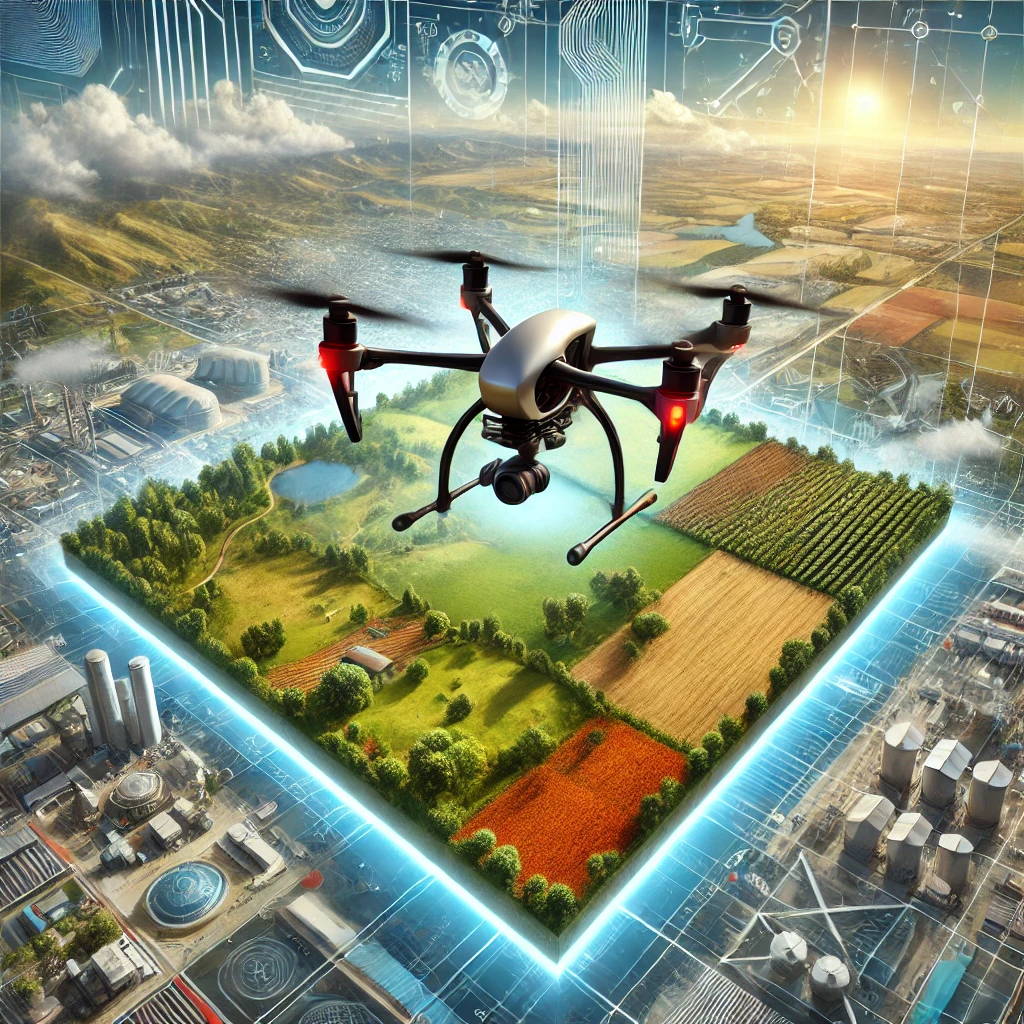
Image Analysis APIs for Processing Drone-Captured Imagery
Drone-captured imagery offers unparalleled opportunities for industries like agriculture, construction and environmental monitoring, but processing this data efficiently requires advanced tools. AI-powered image analysis APIs revolutionize how organizations handle drone imagery, automating tasks like object detection, text recognition and background removal. This blog explores how these APIs address common challenges, highlights key use cases, and offers insights into selecting the right partner to transform raw aerial data into actionable insights for smarter decision-making and innovation.

NSFW Recognition API: The Ultimate Solution for Broadcasters
In today’s fast-paced broadcasting landscape, ensuring a safe and compliant platform is more critical than ever. The rise of live streaming, OTT platforms and user-generated content has made reliable NSFW detection essential for protecting audiences and maintaining brand trust. API4AI’s NSFW Recognition API offers broadcasters a powerful solution to simplify content moderation, enhance regulatory compliance and deliver a seamless viewer experience. With advanced AI capabilities, real-time performance and custom development options, it’s the ultimate tool to future-proof your broadcasting workflows. Explore how API4AI can transform your moderation strategy today.
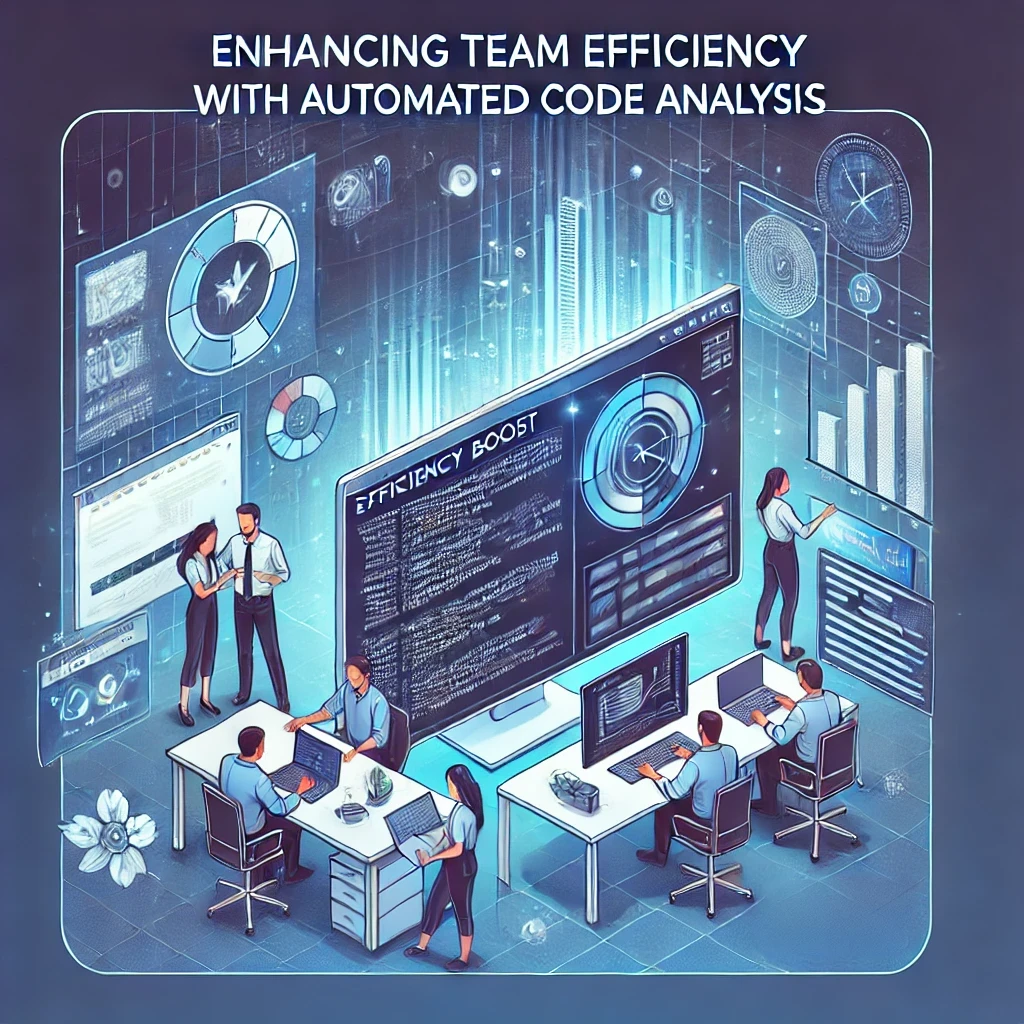
Enhancing Team Efficiency with Automated Code Analysis
Automated code analysis is revolutionizing software development by enhancing team efficiency and code quality. This blog post explores how AI-driven tools streamline workflows, accelerate feedback loops and enforce consistent standards while freeing developers to focus on high-value tasks. Discover the key features of modern solutions, like advanced language models and seamless CI/CD integration and learn how gradual adoption strategies can maximize ROI. Dive into the future of automated code analysis with insights on evolving technology, deeper toolchain integration and custom AI solutions tailored to unique needs. The era of smarter, faster development starts here.

How Image Recognition Technology Is Transforming Sports Facility Monitoring
Sports facilities face increasing demands for security, efficiency and fan satisfaction. Traditional monitoring methods often fall short in handling these challenges, but image recognition technology is transforming how venues operate. From real-time threat detection and crowd management to personalized fan experiences and asset tracking, AI-powered solutions are revolutionizing sports facility monitoring. This blog explores the benefits, applications and future of image recognition in modernizing sports venues, helping facilities stay ahead in a competitive industry. Discover how embracing innovation can enhance safety, streamline operations and elevate the fan experience.

Using AI APIs for PPE Monitoring in Construction: Enhancing Safety and Compliance
Ensuring safety on construction sites is critical, but traditional methods of monitoring Personal Protective Equipment (PPE) compliance often fall short. AI-powered APIs are revolutionizing the way construction companies approach safety by automating PPE detection in real-time, enhancing accuracy and reducing human error. These advanced solutions not only ensure regulatory compliance but also provide actionable insights for continuous improvement, all while saving time and costs. Discover how leveraging AI can transform your construction safety protocols and protect what matters most — your workforce.
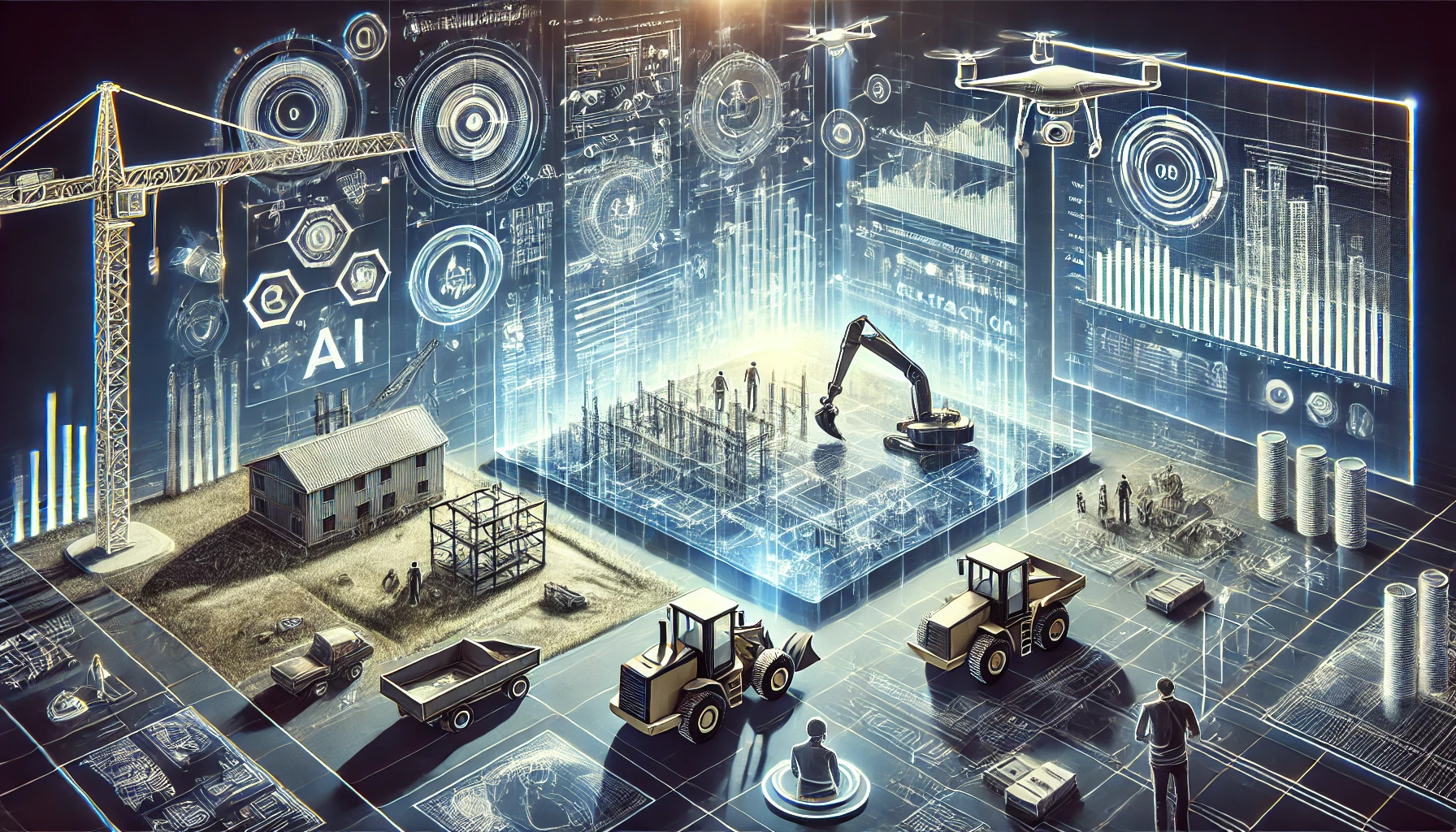
Image Processing APIs in Construction: Streamlining Data Extraction
The construction industry is evolving, driven by the increasing complexity of projects and the need for efficiency. Managing vast amounts of data from blueprints, permits and site imagery is a significant challenge, but advanced image processing APIs offer a solution. These technologies streamline data extraction, automate workflows and enhance accuracy, empowering construction firms to save time, reduce costs and stay competitive. From OCR to object detection and custom AI solutions, this post explores how image processing APIs are transforming the construction landscape and paving the way for a more efficient future.

Shazam for Art: How AI-Powered Image Recognition Transforms Artwork Identification
AI-powered image recognition is revolutionizing the way we interact with art. Imagine snapping a photo of a painting and instantly uncovering its artist, history and significance. From enhancing museum experiences to authenticating valuable pieces for collectors, this technology is bridging the gap between creativity and innovation. By preserving cultural heritage and making art accessible to all, AI is unlocking new possibilities for enthusiasts, professionals and institutions alike. Discover how this transformative synergy between art and technology is shaping the future of artwork identification.
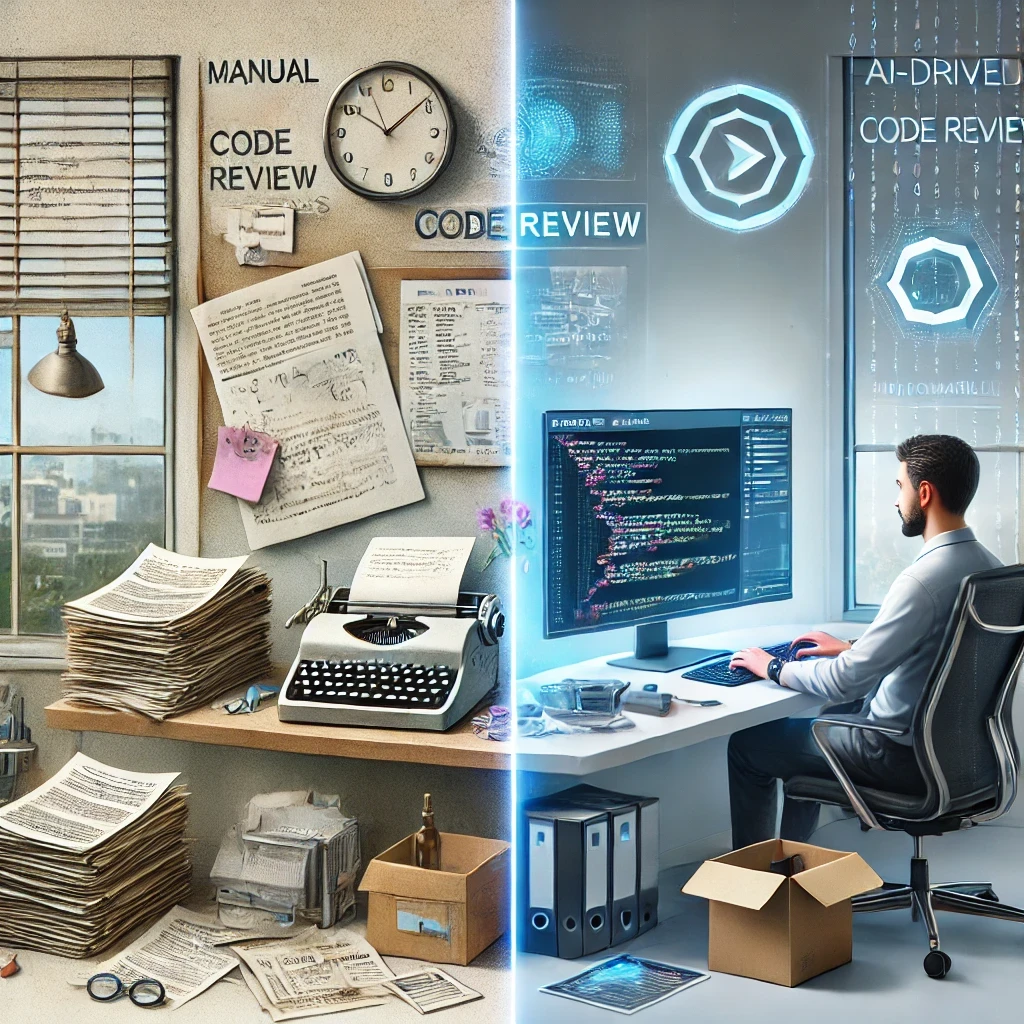
The Evolution from Manual to Automated Code Reviews
Code reviews are an essential part of maintaining software quality, but traditional manual approaches can be time-consuming and inconsistent. Over the years, advancements in automation, static analysis tools and AI-powered technologies have transformed this critical process. From streamlining workflows to enhancing collaboration and boosting code quality, automated code reviews have become indispensable for modern development teams. This blog post explores the evolution of code review practices, highlighting the journey from manual reviews to AI-driven solutions and their profound impact on efficiency, productivity and innovation.

GDPR Compliance Made Easy with AI-Powered Image Anonymization
Navigating GDPR compliance can be challenging, especially when it comes to handling visual data like images and videos. Manual anonymization is time-consuming, error-prone and impractical for large datasets. AI-powered image anonymization offers a game-changing solution, automating the process with unmatched speed, accuracy, and scalability. In this post, we explore the importance of GDPR compliance, the role of AI in safeguarding sensitive data and how tailored solutions can meet unique business needs. Discover how leveraging advanced tools can streamline workflows, ensure regulatory compliance and future-proof your operations in an increasingly privacy-conscious world.

AI and Digital Asset Management
The exponential growth of digital assets has made effective management more challenging than ever. Traditional systems often fall short in handling the volume, complexity and demands of modern workflows. AI-powered solutions are revolutionizing Digital Asset Management (DAM) by automating repetitive tasks, enhancing metadata accuracy, enabling intelligent search and scaling with growing content libraries. Discover how AI transforms DAM into a smarter, more efficient system, empowering organizations to unlock the full potential of their digital assets and stay ahead in today’s content-driven world.
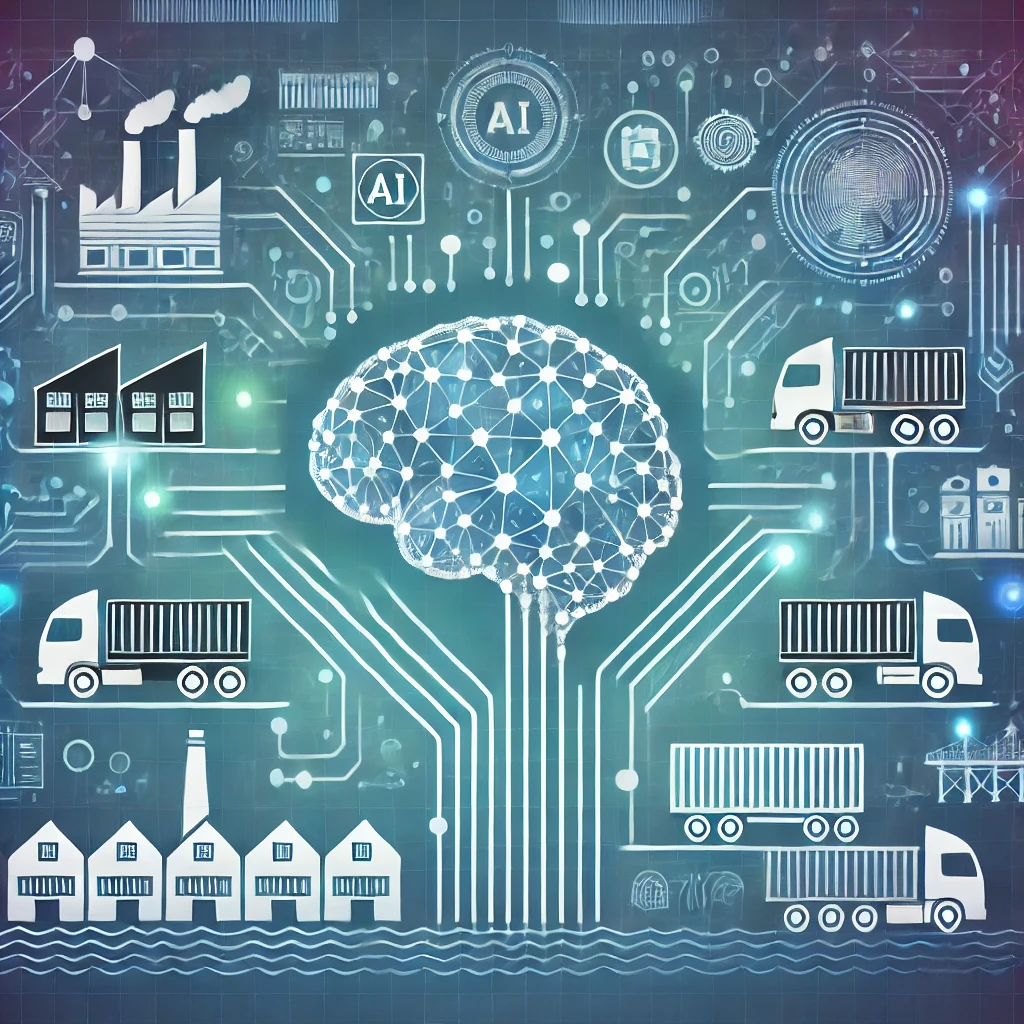
Artificial Intelligence in Supply Chain Management
Artificial Intelligence is revolutionizing supply chain management, offering unparalleled efficiency, accuracy and scalability. From automating inventory tracking and document processing to enhancing quality control and logistics optimization, AI-powered solutions are addressing long-standing challenges in the supply chain. Businesses leveraging AI can predict market trends, streamline operations and deliver superior customer experiences. By adopting advanced technologies such as computer vision, OCR and object detection, or partnering with experts like API4AI for custom solutions, organizations can future-proof their supply chains and gain a competitive edge in an increasingly dynamic market.

Integrating AI into Version Control Systems: Enhancing Code Review
Maintaining code quality while meeting tight deadlines is a constant challenge. Traditional code reviews, though essential, can be time-consuming, prone to human error and difficult to scale. Enter Artificial Intelligence (AI), a game-changer in automating and enhancing code review processes. By integrating AI into Version Control Systems (VCS) like GitLab, teams can streamline their workflows, achieve consistent feedback and boost productivity.
This blog explores the transformative impact of AI-powered code review tools, detailing how technologies like Large Language Models (LLMs) automate routine checks, reduce review times and foster deeper collaboration. Discover how AI is reshaping software development, offering developers more time to focus on innovation and complex problem-solving while ensuring top-tier code quality. Embrace the future of coding with AI-enhanced VCS workflows.
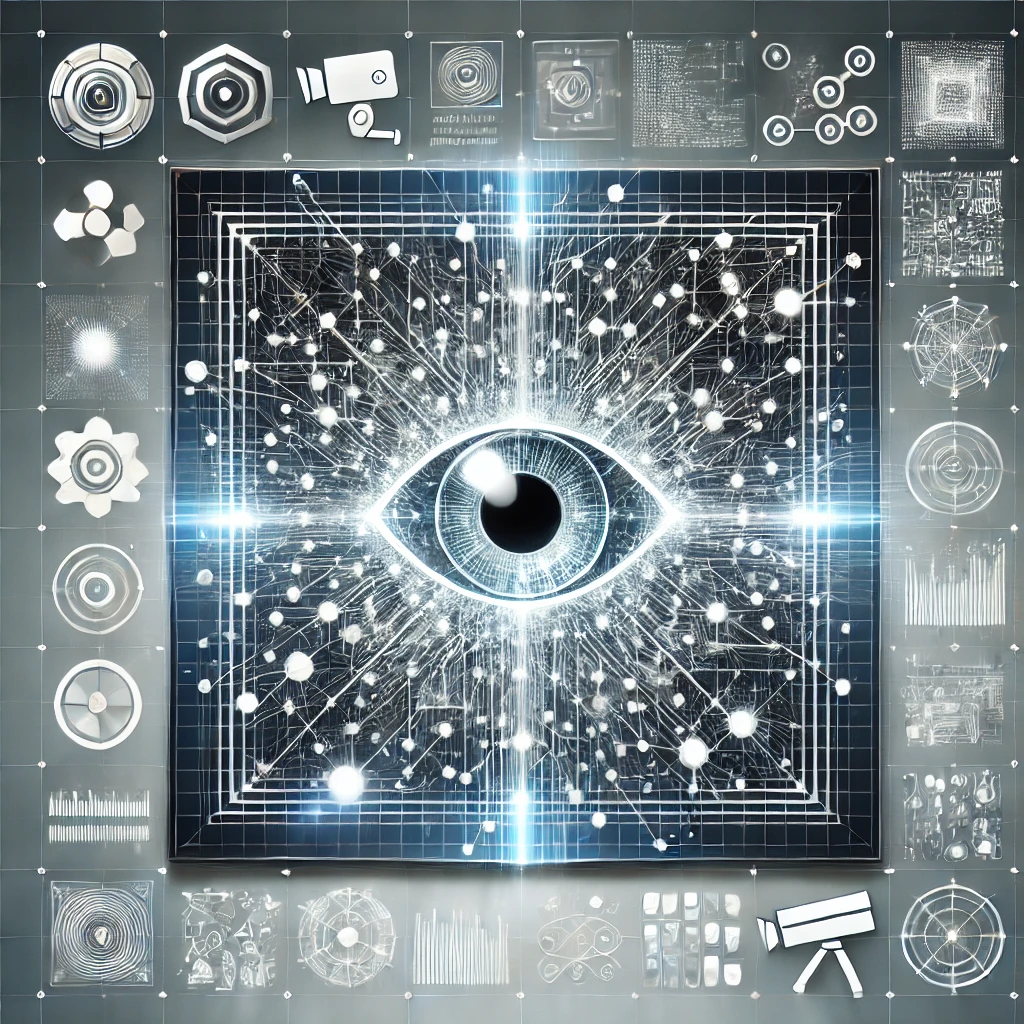
The Future of Computer Vision: Trends to Watch
Delve into the transformative world of computer vision and uncover the trends that are redefining how machines perceive and interact with visual data. From the latest advancements in deep learning architectures like Vision Transformers to the real-time capabilities unlocked by edge computing, this exploration highlights the fusion of computer vision with natural language processing and the rise of multimodal AI. Understand the ethical considerations surrounding data privacy and bias and discover how API-based and custom solutions are making sophisticated image processing accessible across industries. Stay ahead of the curve by embracing these innovations that are not only shaping technology but also driving business competitiveness in a rapidly evolving digital landscape.

Integrating OCR APIs into Your Workflow: Best Practices and Tips
Discover how OCR APIs can revolutionize your workflows by automating text extraction, reducing errors and boosting efficiency. In this guide, we explore the transformative benefits of OCR technology, from improved data accuracy to cost reduction, while providing actionable tips for seamless integration. Learn how to tackle common challenges like poor image quality and complex document layouts and stay ahead with insights into future trends like AI-driven advancements and real-time mobile applications. Whether you’re just starting or optimizing an existing solution, this article equips you with best practices to harness the full potential of OCR APIs.
